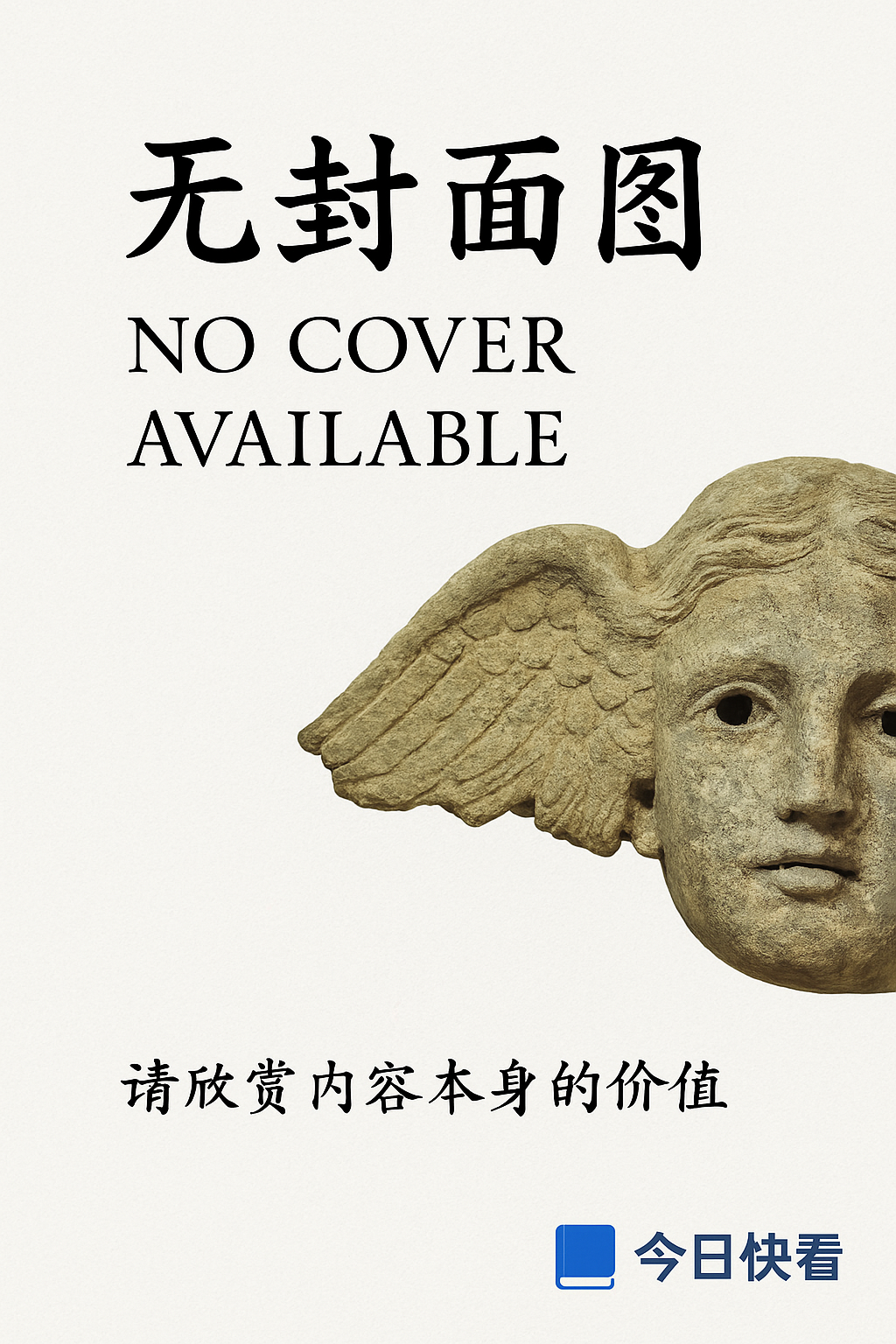书籍详情

Theology and the Scientific Imagination : from the Middle Ages to the Seventeenth Century
Amos Funkenstein / Princeton University Press /no_publication_date
"Theology and the Scientific Imagination: From the Middle Ages to the Seventeenth Century" by Amos Funkenstein is a penetrating work of intellectual history that explores the intricate relationship between theological thought and scientific inquiry during a pivotal era. Funkenstein argues that, contrary to popular belief, theology and science were not always in conflict but often interacted and influenced each other in complex ways. He delves into how medieval and early modern thinkers navigated the boundaries between religious doctrine and emerging scientific ideas, shedding light on the rich intellectual landscape of the period. This book is essential for understanding the historical roots of the dialogue between science and religion.
大纲笔记
《Theology and the Scientific Imagination: from the Middle Ages to the Seventeenth Century》书评
第一章:Introduction
关键点
- 背景介绍:阐述了中世纪到十七世纪期间科学与神学之间的互动与影响。
- 研究目的:探索在这一时间段内,科学知识如何受到宗教信仰的塑造,以及宗教思想如何适应科学的发展。
- 方法论:通过案例分析,历史文献考证等,详细考察科学与神学的交叉领域。
第二章:The Medieval Context
关键点
2.1 科学与神学的早期关系
- 教父哲学:科学与神学初步交织,自然哲学被视为神学的婢女。
- 圣奥古斯丁:强调信仰与理性并重,为科学探究保留了空间。
2.2 中世纪学术体系
- 经院哲学:对亚里士多德的重新发现与深入解读,形成逻辑严密的学术讨论环境。
- 知识论转变:从普遍的、神圣的知识转变为更为具体的经验科学研究。
第三章:The Scientific Revolution
关键点
3.1哥白尼革命
- 日心说:挑战传统地心说,引发科学与宗教之间的大辩论。
- 伽利略案件:科学与教会之间的冲突达到顶峰,并最终导致教会让步。
3.2机械论宇宙观
- 笛卡尔的影响:提出彻底的物质机械世界观,进一步削弱神学的宇宙解释。
- 牛顿的万有引力:以科学的形式保留了宇宙的秩序性,间接证实了上帝作为创造者的角色。
第四章:Theological Reactions
关键点
4.1神学与科学关系的再思考
- 神学家们的反应:不同神学家尝试调和科学与神学的关系。
- 和谐理论:认为科学与神学在追求真理上是一致的,只是研究层次不同。
4.2 宗教改革与新教的科学观念
- 加尔文主义:提倡预定论,为科学研究赋予了更多的自由空间。
- 清教徒理想:科学与技术成为赞美上帝的手段。
第五章:Conclusion
关键点
- 科学与神学的现代关系:分析了自十七世纪以来科学与神学关系的演变趋势。
- 影响的评估:总结了中世纪至十七世纪期间科学与神学相互作用对现代社会的影响。
---
以上书评提供了对Amos Funkenstein的著作《Theology and the Scientific Imagination: from the Middle Ages to the Seventeenth Century》各章节内容的简要概述,包括主要的论点和小节内容的关键点。该格式符合了简洁和全面覆盖全书框架的要求。
精彩句段
从“Theology and the Scientific Imagination: from the Middle Ages to the Seventeenth Century”一书中,我精心挑选了以下句子或段落。这些内容展现了作者Amos Funkenstein深刻的见解、独特的视角、优美的语言、智慧的光芒以及创造力。以编号的形式呈现这些句子或段落。
- “在中世纪的晨曦中,神学与科学想象交织成一幅错综复杂的画卷,彼此间的界限既模糊又引人入胜。”
这句话以诗意的语言描绘了中世纪神学与科学想象的交融状态,展现了两者间复杂而迷人的关系。
- “神学家们并非单纯的信仰守护者,他们同样是探索未知世界的勇士,用科学想象的翅膀飞向天际。”
作者通过这一比喻,赋予了神学家以探索者的形象,突显了他们在科学想象方面的积极作用。
- “科学想象的种子在中世纪的土壤中悄然生根发芽,而神学则为其提供了不可或缺的养分。”
这句话强调了中世纪神学对科学想象发展的促进作用,展现了两者间相辅相成的关系。
- “在神学的光影下,科学想象如同一位戴着镣铐的舞者,既受束缚又充满创造力。”
作者用生动的比喻揭示了神学对科学想象的双重影响:既是限制也是激励。
- “十七世纪的科学革命并非凭空而来,它的根源深深植根于中世纪神学与科学想象的交汇点。”
这句话强调了中世纪神学与科学想象对后世科学革命的重要影响。
- “神学家们用理性的笔触勾勒出了宇宙的轮廓,而科学想象则为这幅画卷填充了色彩。”
作者通过这一比喻展现了神学与科学想象在构建宇宙图景方面的互补作用。
- “在中世纪的思想家眼中,神学并非科学的敌人,而是其最亲密的盟友。”
这句话揭示了中世纪思想家对神学与科学关系的独特看法。
- “科学想象的力量在于它能够打破常规,而神学则为其提供了打破常规的勇气。”
作者强调了科学想象与神学在推动思想创新方面的共同作用。
- “神学的语言或许充满了神秘与象征,但它同样能够激发科学想象的灵感与创造力。”
这句话展现了神学语言在科学想象发展中的重要角色。
- “在中世纪的学术殿堂中,神学与科学想象并肩而行,共同探索着世界的奥秘。”
作者通过这一描绘展现了中世纪学术领域中神学与科学想象的紧密关系。
- “神学家们用科学想象的钥匙打开了通往智慧的大门,让我们得以窥见宇宙的奥秘。”
这句话以象征性的语言揭示了神学家在科学想象方面的引领作用。
- “科学想象如同一只展翅飞翔的美丽蝴蝶,而神学则是其蜕变过程中不可或缺的茧。”
作者用生动的比喻表达了神学对科学想象成长的重要性。
- “在中世纪的思想天空中,神学与科学想象如同两颗璀璨的星辰,相互辉映。”
这句话以诗意的语言描绘了中世纪神学与科学想象相互照耀的景象。
- “神学的智慧为科学想象提供了坚实的基石,使其能够在未知的海洋中乘风破浪。”
作者强调了神学智慧对科学想象发展的支撑作用。
- “科学想象是一种力量,它能够穿透神学的迷雾,揭示出隐藏在背后的真理。”
这句话展现了科学想象在揭示神学真理方面的独特作用。
- “在中世纪的学术舞台上,神学与科学想象共同上演了一出出精彩纷呈的思想盛宴。”
作者通过这一描绘展现了中世纪学术的繁荣与活力。
- “神学家们用科学想象的笔触在思想的画布上勾勒出了一幅幅壮丽的图景。”
这句话以艺术性的语言描绘了神学家在科学想象方面的杰出贡献。
- “科学想象是神学的延伸与补充,它为我们提供了另一种理解世界的方式。”
作者通过这一表述强调了科学想象在拓宽神学视野方面的重要作用。
- “在中世纪的思想家眼中,神学与科学想象并非水火不容,而是可以和谐共存的。”
这句话揭示了中世纪思想家对神学与科学想象关系的深刻理解。
- “神学的光芒照亮了科学想象的道路,使其能够在黑暗中探索前行。”
作者以象征性的语言表达了神学对科学想象发展的引领作用。
作者介绍
Amos Funkenstein(1937-1995)是一位杰出的历史学家和科学哲学家,以其对中世纪和文艺复兴时期科学、哲学和宗教思想的研究而闻名。< 他的著作《Theology and the Scientific Imagination: from the Middle Ages to the Seventeenth Century》是这一领域的经典之作,对理解科学革命的历史背景和宗教信仰如何影响科学思维具有重要意义。
个人基本信息: Amos Funkenstein出生于罗马尼亚,后移居以色列,最终在美国加州大学伯克利分校任教。
教育与职业背景: Funkenstein在耶路撒冷的希伯来大学接受教育,并在哈佛大学获得博士学位。
< 他的学术生涯主要在加州大学伯克利分校度过,担任历史学教授。写作生涯: Funkenstein的写作生涯主要集中在科学史和科学哲学领域。
< 他的研究涵盖了从古代到现代的广泛时期,但他对中世纪和文艺复兴时期的科学革命特别感兴趣。作品风格和主题: Funkenstein的作品以其深刻的历史洞察力和对复杂思想的清晰阐述而著称。
< 他的作品风格严谨而富有洞见,能够将复杂的哲学和科学概念以易于理解的方式呈现给读者。个人生活: 关于Funkenstein的个人生活,公开信息较少。
< 但他的学术成就和对知识的贡献使他成为他那个时代最受尊敬的学者之一。社会影响: Funkenstein的工作对科学史和科学哲学的研究产生了深远影响。
< 他的著作被广泛引用,并被许多学者认为是理解科学革命和宗教与科学关系的关键资源。引用和评价: 《Theology and the Scientific Imagination》被《科学史》杂志评价为“对科学革命的历史背景提供了深刻的见解”。
< 著名科学史家Steven Shapin称Funkenstein为“科学史领域的巨人”。最新动态: 虽然Funkenstein在1995年去世,但他的工作和思想仍然在学术界产生影响。
< 他的书籍和论文继续被广泛研究和引用,他的思想和方法继续激发着新一代学者的思考。总的来说,Amos Funkenstein是一位在科学史和科学哲学领域做出了重要贡献的学者。< 他的作品,尤其是《Theology and the Scientific Imagination》,为我们理解科学革命的历史背景和宗教信仰如何影响科学思维提供了宝贵的视角。
更多精选笔记推荐
彰显生命力 : 动态素描解析
作者: 马特斯
《彰显生命力:动态素描解析》是由马特斯撰写的一本关于速写艺术的书籍。该书第二版全面深入地探讨了如何刻画充满动感和生命力的速写作品。作者通过详细的解析,教授读者如何在创作过程中真实感受模特的生动姿态,并将其准确地表现在画面上。这本书不仅提供了丰富的技巧指导,还强调了观察与体验的重要性,帮助读者提升速写水平,使作品更加生动和富有表现力。对于热爱速写艺术并希望提升绘画技巧的读者来说,《彰显生命力:动态素描解析》是一本不可或缺的宝贵指南。
Graphic Design : The New Basics
作者: Ellen Lupton、Jennifer Cole Phillips
《Graphic Design: The New Basics》一书由Ellen Lupton和Jennifer Cole Phillips合著,是图形设计领域的一部重要著作。该书深入浅出地阐述了图形设计的基本原理与新兴趋势,内容涵盖了视觉语言、排版、色彩理论、图像处理等关键议题。通过丰富的案例分析与实践练习,读者能够系统地掌握图形设计的核心技能,并激发创新思维。此外,本书还探讨了设计在社会、文化、商业背景下的应用与意义,有助于读者形成全面的设计观。无论是初学者还是专业设计师,均可从中获得宝贵的启示与灵感。
华夏衣橱 图解中国的传统服饰 : 图解中国的传统服饰
作者: 顾小思
《华夏衣橱:图解中国的传统服饰》一书由顾小思撰写,深入剖析了中国古代至现代的传统服饰文化。全书两大部分,前半部分聚焦于古人汉服,从汉代至明代,详细描绘了帝后、官员、平民的服装、首饰、妆造及纹样,生动展现了各时代的生活习性与审美风尚。后半部分则转向现代汉服,提供穿搭建议,引导读者在日常生活中如何巧妙融合传统与现代元素。此外,书中还特别讲解了戏曲服饰,增添了更多的文化色彩。本书图文并茂,既是对中国传统服饰文化的全面梳理,也是现代汉服爱好者的实用指南,旨在传承与弘扬华夏民族丰富多彩的服饰传统。
特吕弗: 我生命中的电影
作者: [法]弗朗索瓦·特吕弗
《特吕弗:我生命中的电影》是殿堂级法国导演弗朗索瓦·特吕弗的影评集,书中亲自编选了百余篇影评。这本书不仅回溯了大师眼中的电影史与经典,更展示了电影发展的珍贵资料。特吕弗以其独特的视角,深入探讨了电影美学的基础与核心,同时向诸多电影英雄致敬。对于热爱电影、研究电影的人来说,这本书不仅是一部极具价值的参考资料,更是一部充满智慧和感悟的心灵之作。通过阅读《特吕弗:我生命中的电影》,读者可以更加深入地了解电影的魅力和内涵,感受特吕弗对电影的热爱和执着,从而更加热爱和珍惜电影这一伟大的艺术形式。



